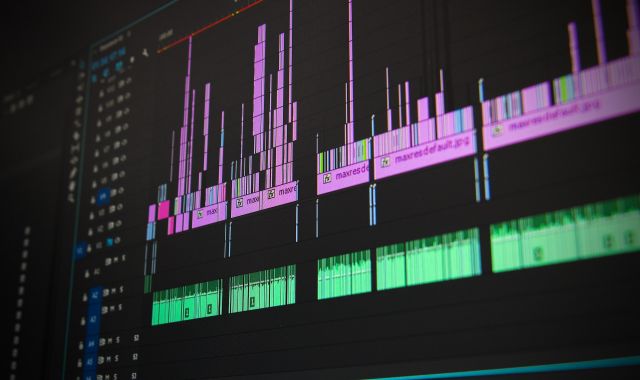
Once a spectacle confined to science fiction, artificial intelligence (AI) has not only turned into a reality but a pervasive part of our daily lives. This transformative technology has found applications across various sectors and the field of gaming has not been left untouched. Let’s dive deep into a fascinating module within a popular game to see how AI has been instrumental in enhancing the gaming experience: the character AI of the acclaimed action role-playing game, “The Witcher 3: Wild Hunt.”
In “The Witcher 3: Wild Hunt,” every non-playable character (NPC) in its sprawling world possesses a daily routine driven by an underlying AI algorithm. These characters don’t merely stand idly by, but instead engage in various contextual activities such as hunting, tending to their shops, or clutching their cloaks tighter when the weather turns cold. This immersion stems from the AI’s use of a simple decision-tree system to determine each NPC’s actions based on time, location, and character type.
However, the true marvel is concealed in the combat AI of the game which sets it apart from its predecessors. Utilizing adaptive behavior patterns through the deep learning capabilities of AI, each enemy demonstrates a distinct combat style. For example, bandits might rush straight at the player with reckless disregard for their defense while magical creatures flank the player and use more paranormal means of attack. This reactive and dynamic combat system breathes life into the game and provides players with a unique, unpredictable experience every time.
The game’s massive world is brought to life by a meticulously crafted AI algorithm used for crowd simulation. This algorithm uses probability and randomness to fill towns and cities with crowds that display different reactions to the player’s actions. If player’s character is running with his sword drawn, the crowd would instinctively react by fleeing or cowering in fear, adding another layer of realism to the gameplay.
Beyond creating immersive gaming experiences, AI in “The Witcher 3: Wild Hunt” has also played a crucial role in-level design. Utilizing procedural generation techniques, the game’s AI system efficiently crafts expansive, organic landscapes full of natural patterns, as opposed to a human artist manually positioning each tree and rock.
From NPCs leading their daily routines to dynamically reacting enemies and crowd behaviors, AI in “The Witcher 3: Wild Hunt” blends seamlessly with the game’s breathtaking story and world design. These ingenious implementations of AI are testament to how this technology is revolutionizing and elevating the gaming industry. It’s a compelling example of how AI has moved beyond simple coding to endow virtual characters with ‘lives’ and ‘thoughts’ of their own, subtly adding layers of depth, realism, and unpredictability that make the gaming world more immersive and engaging than ever before.









